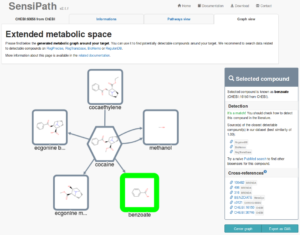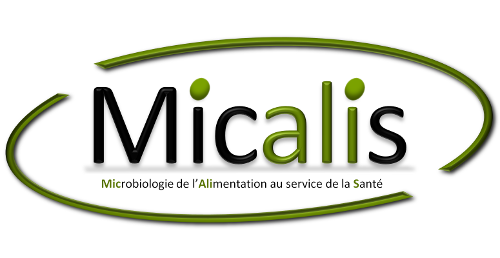SensiPath: computer-aided design of sensing-enabling metabolic pathways, Nucleic Acids Research
 Genetically-encoded biosensors offer a wide range of opportunities to develop advanced synthetic biology applications. Circuits with the ability of detecting and quantifying intracellular amounts of a compound of interest are central to whole-cell biosensors design for medical and environmental applications, and they also constitute essential parts for the selection and regulation of high-producer strains in metabolic engineering. However, the number of compounds that can be detected through natural mechanisms, like inducible transcription factors, is limited; expanding the set of detectable compounds is therefore highly desirable.
Genetically-encoded biosensors offer a wide range of opportunities to develop advanced synthetic biology applications. Circuits with the ability of detecting and quantifying intracellular amounts of a compound of interest are central to whole-cell biosensors design for medical and environmental applications, and they also constitute essential parts for the selection and regulation of high-producer strains in metabolic engineering. However, the number of compounds that can be detected through natural mechanisms, like inducible transcription factors, is limited; expanding the set of detectable compounds is therefore highly desirable.
Here, we present the SensiPath webserver, accessible at http://sensipath.micalis.fr.
SensiPath implements a strategy to enlarge the set of detectable compounds by screening for multi-step enzymatic transformations converting non-detectable compounds into detectable ones. The SensiPath approach is based on the encoding of reactions through signature descriptors to explore Sensing-Enabling Metabolic Pathways (SEMPs), which are putative biochemical transformations of the target compound leading to known effectors of transcription factors. In that way, SensiPath enlarges the design space by broadening the potential use of biosensors in synthetic biology applications.
Delépine, B., Libis, V., Carbonell, P., Faulon, J.L. SensiPath: computer-aided design of sensing-enabling metabolic pathways. Nucleic Acids Research, in press, 2016.



